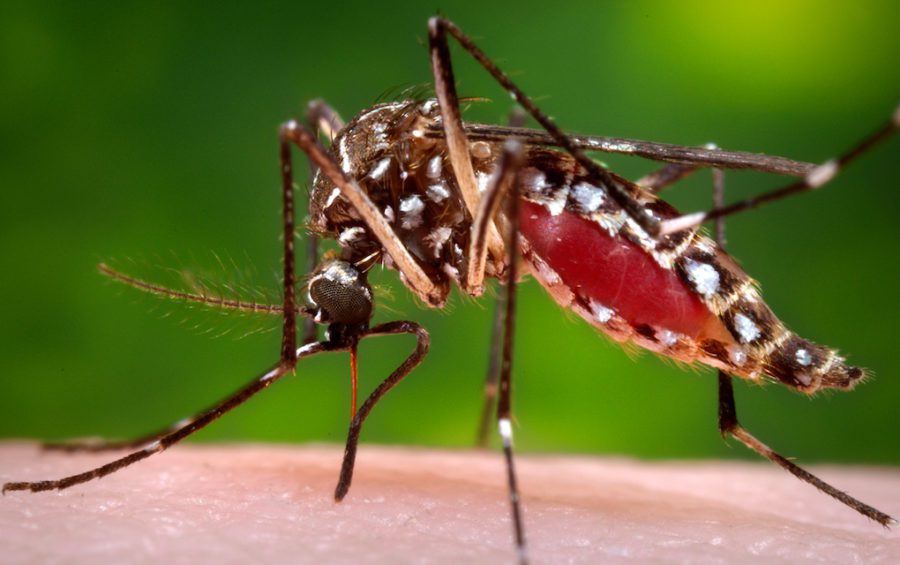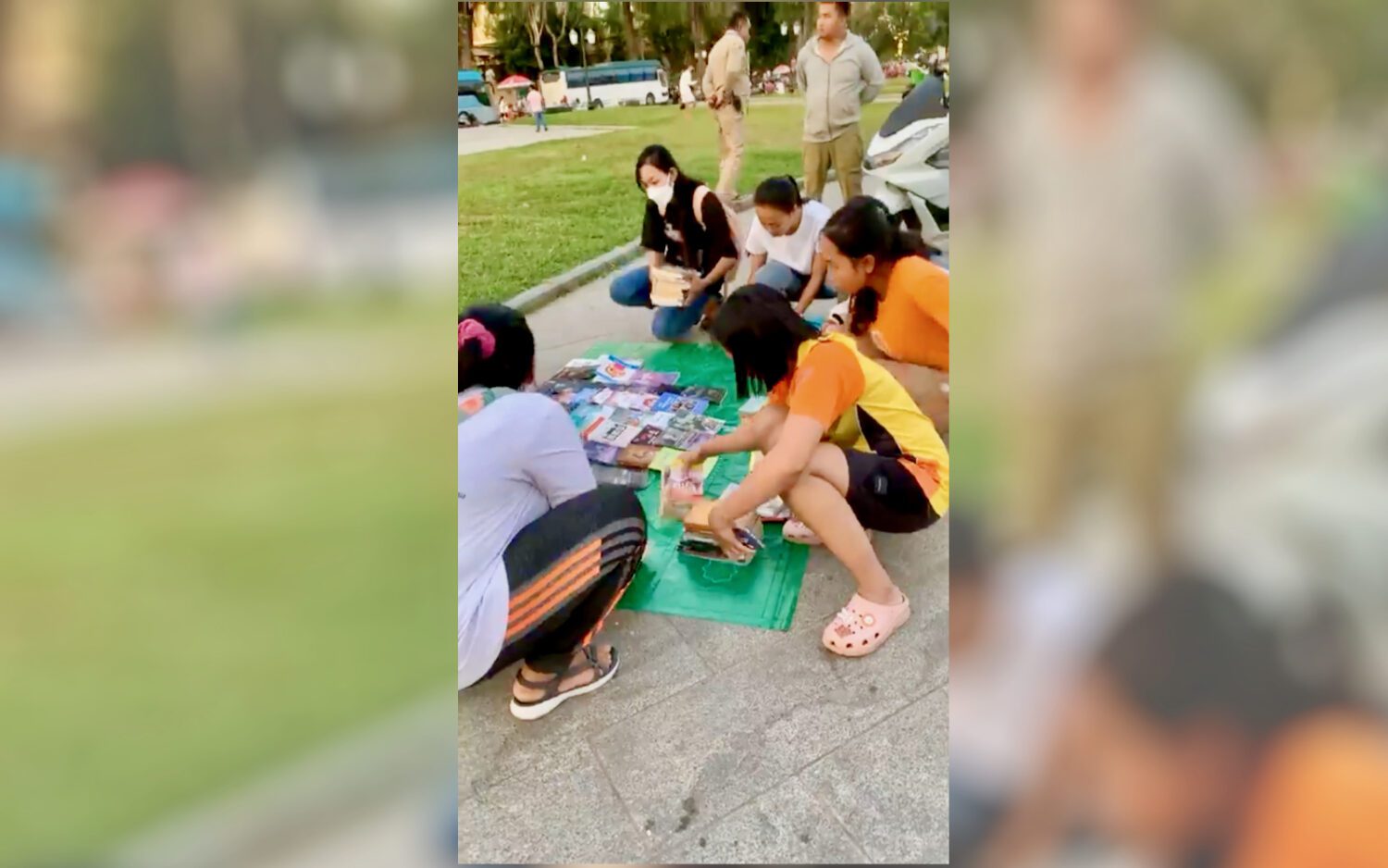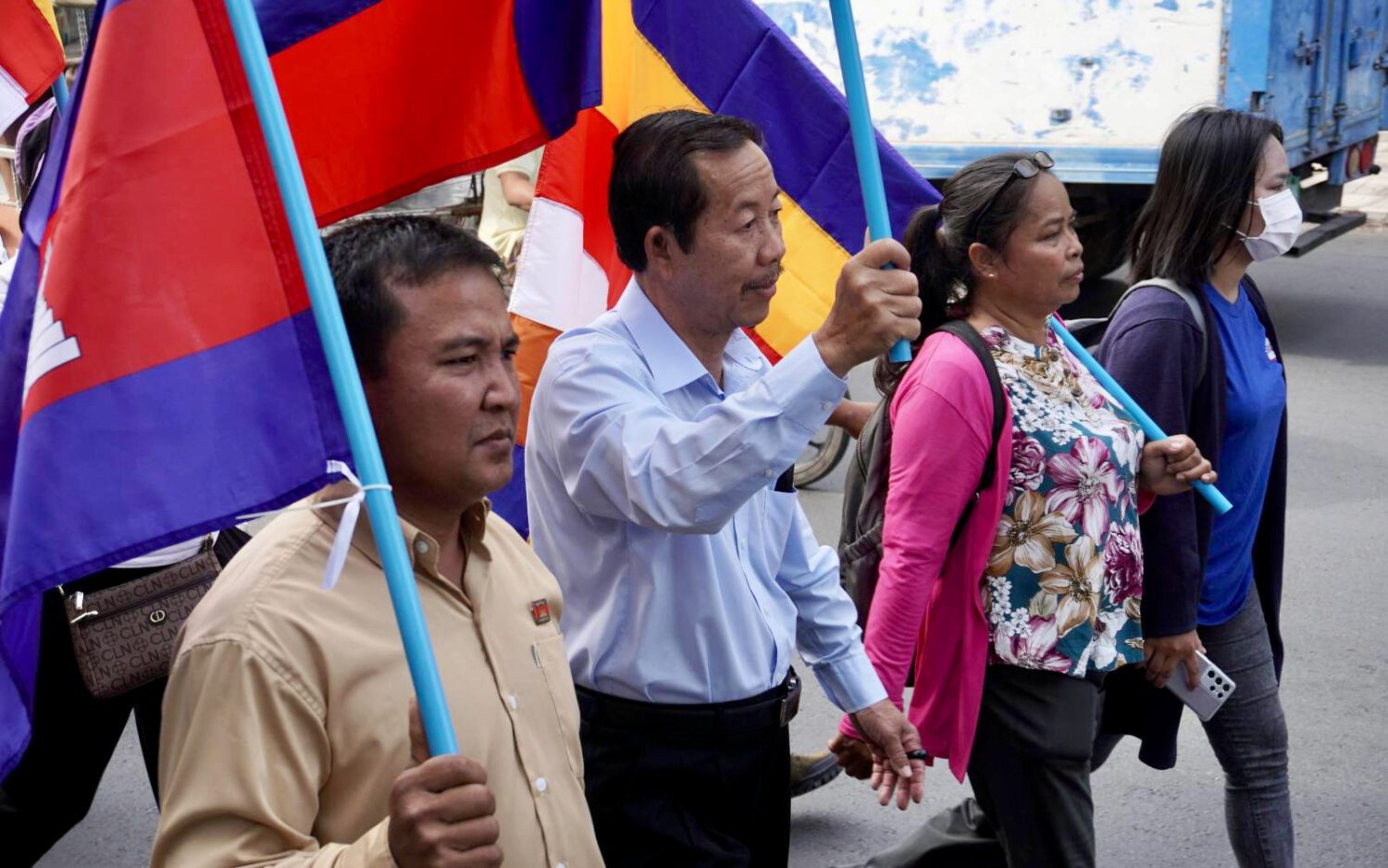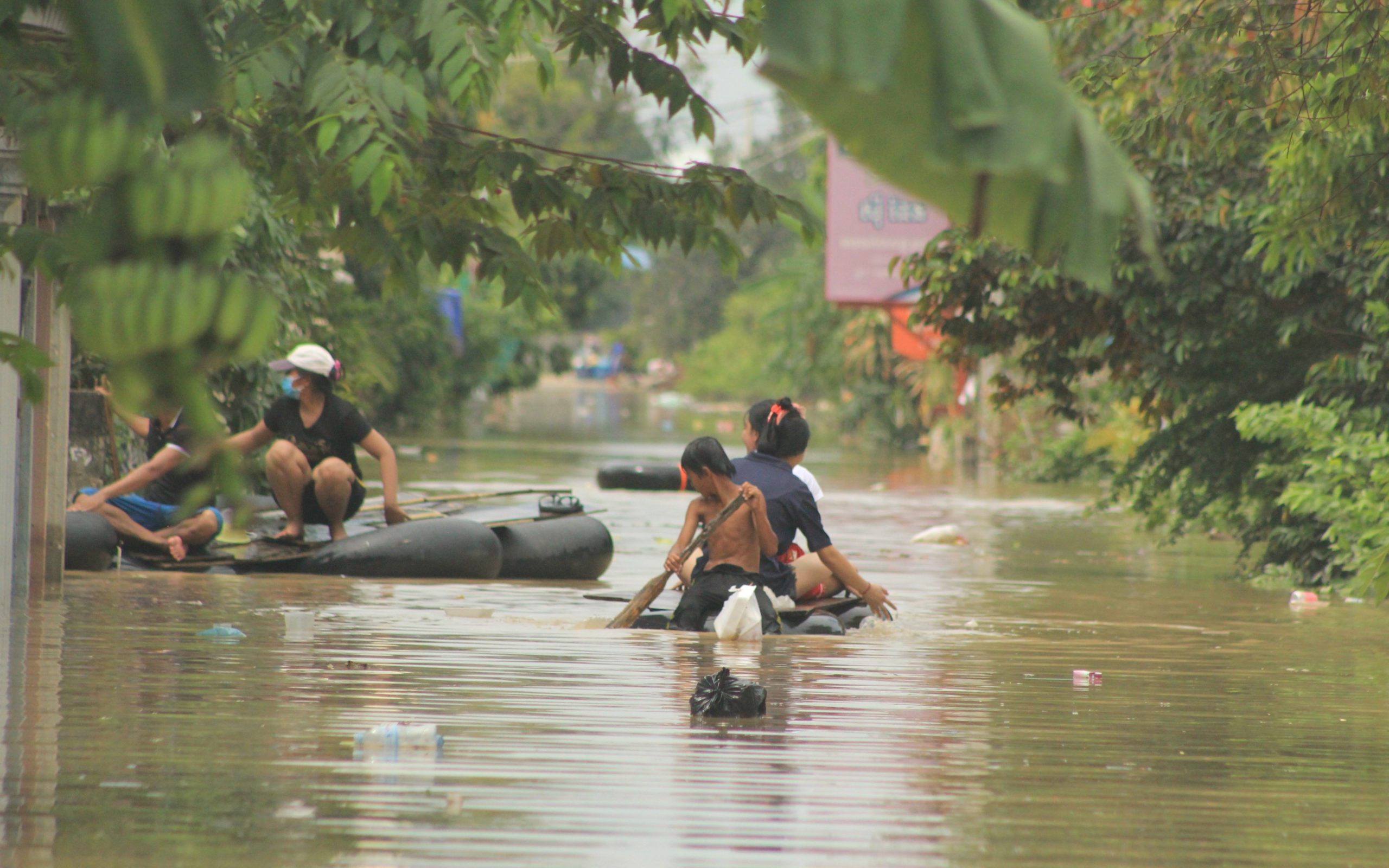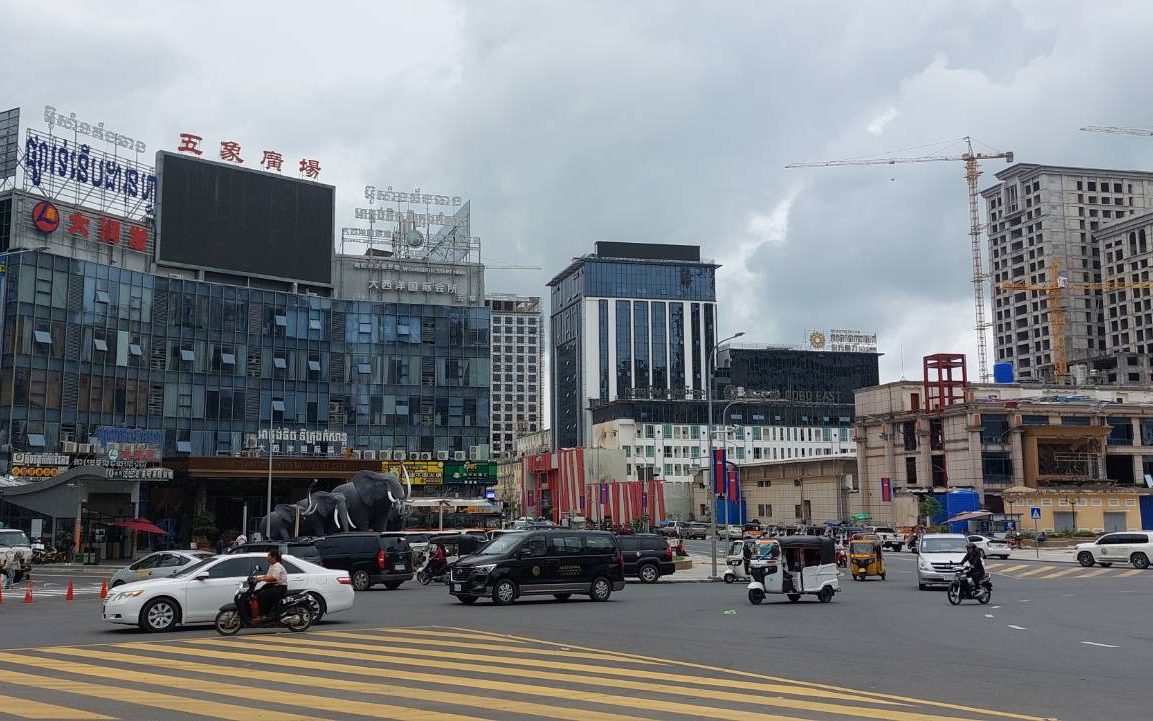Five tons of larvicide has been shipped to one province alone as authorities battle the spread of the chikungunya virus, a rapidly spreading, mosquito-borne disease that is suspected to have infected almost 6,000 people across 21 provinces in three months.
Some 96 percent of cases of the dengue-like virus have already recovered, and for now the situation is “manageable,” authorities said.
But “if we don’t prevent it on time, it will quickly spread,” said Leang Rithea, the dengue control program manager at the National Center for Parasitology, Entomology and Malaria Control.
According to the Health Ministry, 21 provinces have reported 5,998 cases of the disease between July and the end of last week, though 80 percent of the cases have been concentrated in Preah Vihear, Siem Reap and Takeo.
The disease is identified by its symptoms, the ministry said: Two to three days after being bitten by a mosquito, the patient typically suffers red spots on the body, a fever over 38 degrees, headaches and pain in the joints and legs. The disease is painful but rarely fatal.
Seventy percent of the suspected cases have been identified by testing, and there have been no confirmed deaths so far, it added. Some 240 patients remain in hospitals, it said.
Rithea, the dengue control administrator, said doctors could not wait for tests before treating suspected patients because the disease develops rapidly. Patients are typically prescribed fluids, rest and pain relievers, according to the World Health Organization.
Mosquitoes quickly spread the disease by biting people in succession, carrying the disease from one person to the next, Rithea said.
Nevertheless, chikungunya cases so far have been relatively isolated, and preventative measures to slow down the proliferation of mosquitoes have been swift, he said.
“We are under manageable conditions. … It is sporadic and there have not been clusters in any village,” Rithea said.
Kong Lo, health department director for Preah Vihear — one of the worst-hit provinces at 571 suspected cases — said the most recent outbreak was in Peuk village, in Chey Sen district’s Putrea commune, but there were only five or six sick patients left. About 30 patients remain hospitalized across the province, he added.
The main cause of the spread was rain, Lo said. “We know that when there is rain, it is easy for the agent to breed and become mosquitos.”
Five tons of larvicide had been distributed to 204 out of the province’s 232 villages, he added.
“It is still at the level where the provincial [health department] can control it,” he said. “If our province can’t manage, the province will ask for help from the ministry or from the Centers for Disease Control and Prevention.”
Chikungunya was first documented in Cambodia in 1961, with an infection rate of 60 to 70 percent in the country during the decade, according to a previous ministry statement. The country experienced a chikungunya pandemic in 2011 and 2012 across nine provinces and Phnom Penh.


